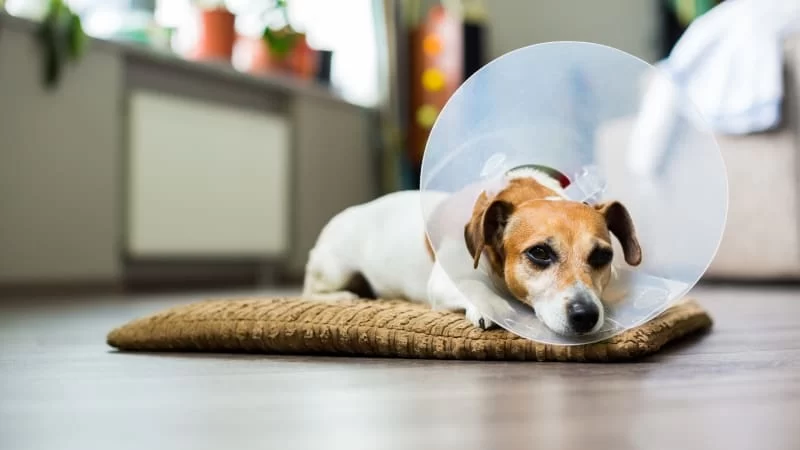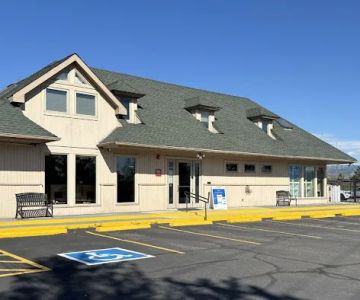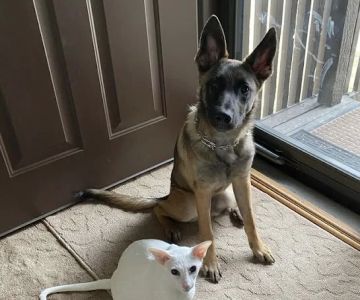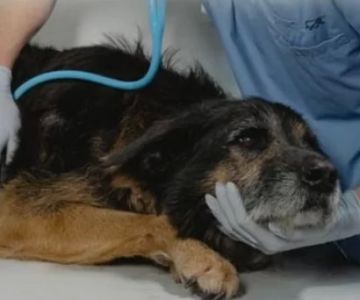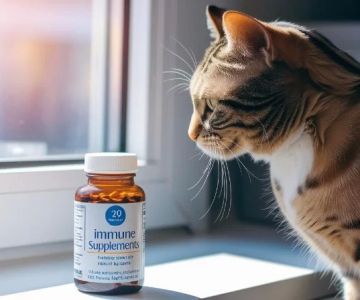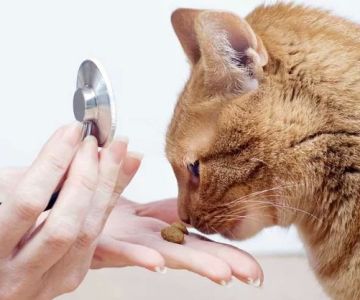How to Care for Your Pet After Surgery: Essential Recovery Tips for Pets
- Understanding Post-Surgery Recovery for Pets
- Symptoms to Watch for After Your Pet's Surgery
- Creating a Safe Space for Your Pet’s Recovery
- Diet and Nutrition After Surgery
- When to Contact Your Veterinarian
1. Understanding Post-Surgery Recovery for Pets
After your pet undergoes surgery, whether it's a routine procedure or something more complex, the recovery process is crucial to their well-being. Just like humans, pets need time to heal, and proper care during this period is essential to prevent complications. Caring for your pet after surgery involves managing their pain, monitoring their behavior, and ensuring they have a comfortable space to rest.
Recovery can vary depending on the type of surgery, but all pets will benefit from a quiet environment, proper medication, and gentle care. Understanding the recovery process will help you support your pet and contribute to their healing journey.
2. Symptoms to Watch for After Your Pet's Surgery
During the recovery period, it’s important to monitor your pet closely for any signs of discomfort or complications. Some common symptoms that may indicate a problem include:
- Excessive Pain or Discomfort: If your pet seems to be in constant pain despite medication, or if they are reluctant to move or eat, this could be a sign that they need a follow-up check-up with the vet.
- Swelling or Redness: Mild swelling at the incision site is normal, but excessive swelling, redness, or discharge could indicate an infection. Keep the area clean and check regularly for any unusual changes.
- Changes in Behavior: If your pet becomes more lethargic than usual, refuses food or water, or exhibits signs of distress such as whimpering or shaking, these could be signs that they are not recovering as expected.
- Difficulty Breathing: Any signs of difficulty breathing, such as panting, coughing, or wheezing, should be taken seriously and addressed with your veterinarian immediately.
If you notice any of these symptoms, contact your veterinarian right away. Early intervention can prevent more serious issues and ensure a smoother recovery process for your pet.
3. Creating a Safe Space for Your Pet’s Recovery
One of the most important aspects of caring for your pet after surgery is creating a safe, calm, and comfortable environment. Here’s how you can do that:
- Quiet and Comfortable Area: Set up a quiet room where your pet can rest undisturbed. Make sure the area is free from other pets or young children that could cause unnecessary stress.
- Soft Bedding: Provide your pet with soft, clean bedding to rest on. This will help them feel comfortable and prevent any pressure on their incision site.
- Restrict Movement: To allow proper healing, limit your pet’s movement. Avoid activities that could strain the surgery area, such as jumping or running. You may need to use a leash indoors or a crate to prevent them from overexerting themselves.
Creating this healing environment will allow your pet to rest peacefully, which is essential for a successful recovery after surgery.
4. Diet and Nutrition After Surgery
Proper nutrition is key to helping your pet recover after surgery. After a procedure, pets often have a reduced appetite, so it’s important to offer easily digestible, nutritious food to help them regain strength. Here’s what to consider when feeding your pet post-surgery:
- Hydration: Make sure your pet always has access to fresh water. Dehydration can slow down the healing process and cause additional complications.
- Easy-to-Digest Food: Offer soft, bland food or food designed for post-surgery recovery. Some pets may not feel like eating dry kibble, so wet food or special recovery diets may be a good alternative.
- Small, Frequent Meals: If your pet isn’t eating much, try offering small meals more frequently throughout the day. This can help stimulate their appetite and keep their energy levels up.
Consult your veterinarian for specific recommendations on diet and nutrition to ensure your pet gets the right nutrients during their recovery period.
5. When to Contact Your Veterinarian
While you can take many steps at home to care for your pet after surgery, there are times when you should contact your veterinarian. Reach out to your vet if:
- The symptoms of discomfort or pain worsen, or your pet’s behavior doesn’t improve despite the use of pain medication.
- You notice signs of infection at the surgical site, such as excessive redness, pus, or bad odor.
- Your pet seems unusually lethargic, refuses to eat or drink for extended periods, or displays other concerning symptoms.
Always trust your instincts as a pet owner. If you’re ever unsure whether a symptom is normal, it’s always better to err on the side of caution and consult your vet for advice.
By providing the right care and environment, you can help your pet recover comfortably and safely after surgery. For expert advice and professional care during your pet’s recovery, visit Hidden Brook Veterinary today!

